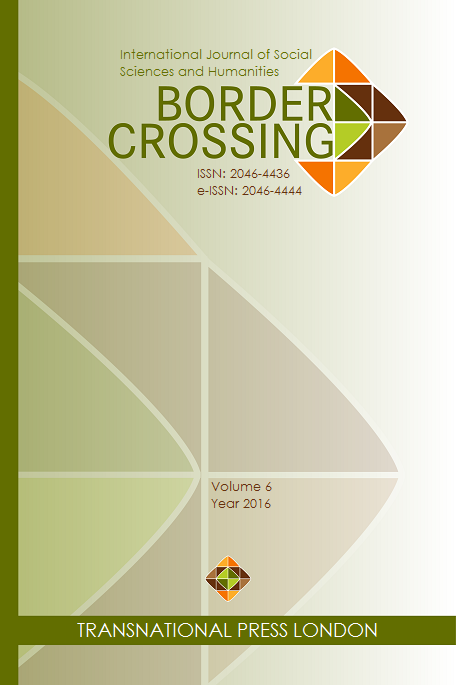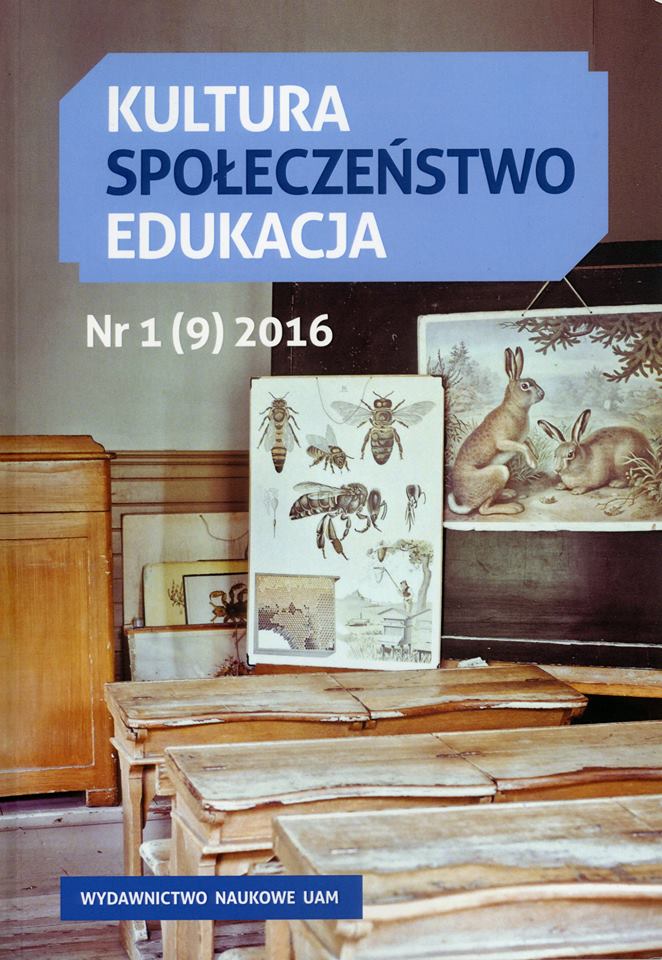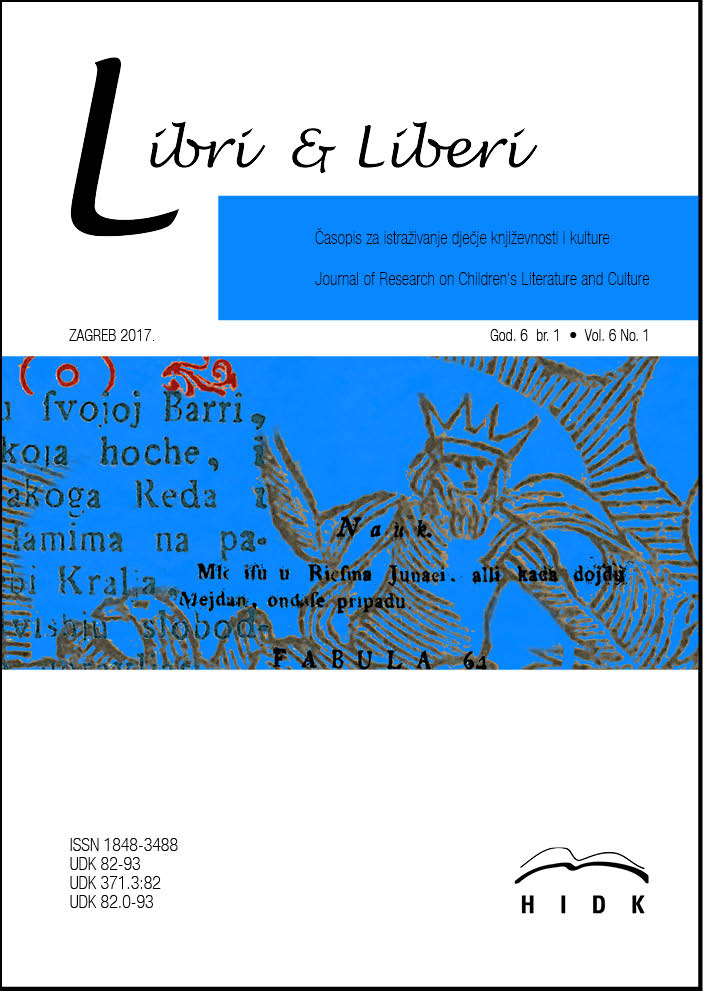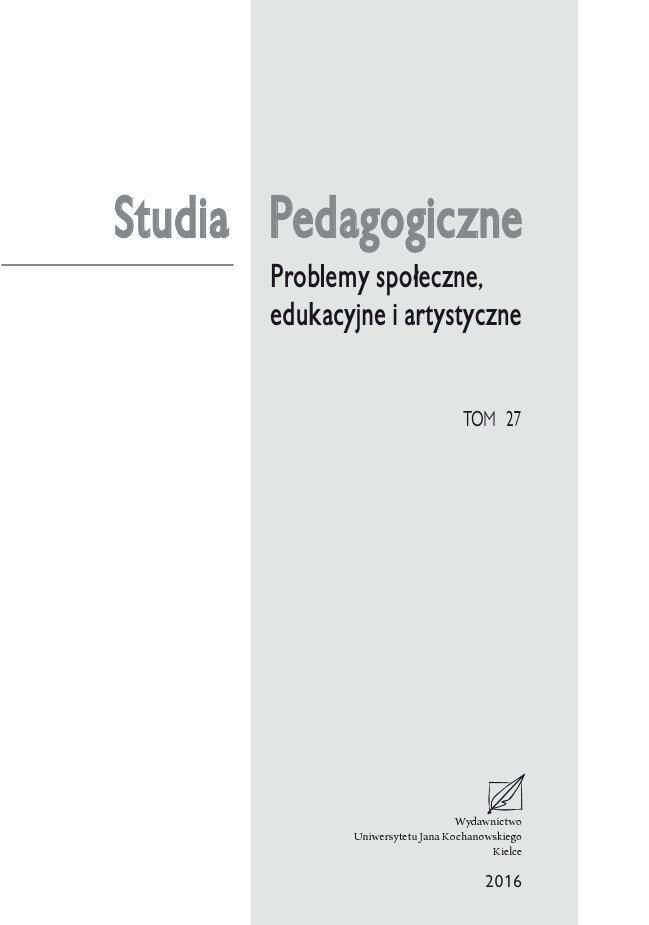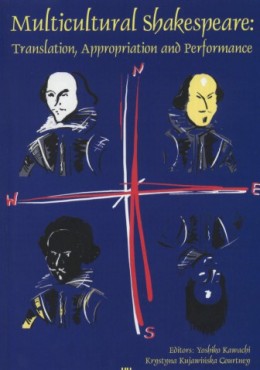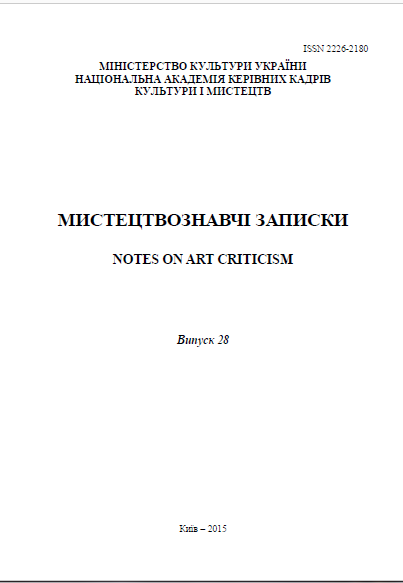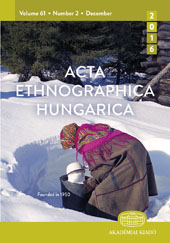ЛЮДСЬКА ТА КОСМІЧНА ПРАВДА В ІНТЕРПРЕТАЦІЇ В. ШЕКСПІРА
The article is about the mythopoeic idea of unity and interrelation of the human being and the Cosmic life, and its interpretation given in the texts of W. Shakespeare’s works.The human being, as represented in W. Shakespeare’s works, can be considered on three levels: personal, social and cosmic. As a person, a Shakespearean character is defined not only by his / her mind only, but also by the body. In the plays we see individuals of different gender, age, health and appearance. All these characteristics are relevant to the behavior of the individual and the response they get. Shakespeare skillfully shows different affects, and some states that can be explained with the help of the modern notion of hormones. All this was quite revolutionary for his epoch. Thus a human being is described as a creature with the complex psycho physiological constitution. One of the most important words in this context is "heart" that unites both physical and spiritual spheres. It brings to memory Ukrainian tradition of Cordocentrism, especially in P. Yurkevich’s interpretation.The metaphor of "body" is sometimes used in the pays to describe a social unity. Shakespeare was not a revolutionary, or even a political radical. Sometimes he shows the common people as politically deluded and easily lead. But mostly the commoners are portrayed as persons possessing the common scene and the moral standards, that guarantee the return to norm after social and political upheavals. It is important to note, that Shakespeare shows the kings as per-sons with weaknesses and problems, who must work hard to keep themselves and their country in order. In many plays he makes his monarchs declare the principal equality of human beings, with all the social differences appearing as secondary and transitory characteristics. Moreover, the same can be said about all the differences, underneath which all the humans are basically the same creatures with the same wants. All of them can suffer and thus are worthy of sympathy. There are some hints that animals can also be seen in the same context. This thought foreshadows the contemporary notion of animal rights an human responsibility for the planet.On the Cosmic level, the human beings are shown as the integral parts of the greater whole. In many plays there are statements reflecting the medieval model of the Universe, which goes back to the mythopoeia. The basic concept is the interrelation between the state of a person, of social group and of the world. Both the nation and its ruler were hold responsible for the cosmic state of affairs. The violation of the "Truth of the King" may have lead to turning the country into the Wasteland. This important mythologeme underlies all the plot of "King Lear". Taking this into consideration helps us to understand many obscure points. One of them is the behavior of the protagonist, that was traditionally explained only as the complete unreason of a madman who in the times of crisis asks irrelevant questions. In truth, Lear asks about the cause of the apocalyptical storm, which, on his opinion, was the direct result of some great sin. It is very close to the Greek belief, reflected in Sophocles’ "Oedipus", where the plague was sent by gods to punish the ruler’s 7 Філософіяcrime. This belief also explains why in all Shakespearean plays – again, most noticeably in "King Lear" – there is an obligatory explanation in the finale. All the characters must tell their story and their confessions should be taken as forming the part of one general story. Shakespeare shows that the truth must be known and upheld, whatever the cost. Only thus the normal personal, social and cosmic life can continue. It doesn’t mean that all the plays are what was in the Soviet tradition called the "optimistical tragedies". Sometimes the losses are too great and the future is dubious. But it is the revealing of the human and cosmic truth that makes any future possible. In "King Lear" we also see the non-Aristotelian formula of catharsis, that sums up all the meaning of the suffering and losses: a person must learn compassion to restore or compensate what was destroyed in the blind egotistical strife.All these deeper senses of the plays, revealed by means of applying the principles of culturological hermeneu-tics, reflect the vestiges of the ancient belief in the human responsibility for the general state of the world. Such ideas, discarded by the Modern European Rationalism, are re-actualized in our times of the global ecological crisis, that demands a new level of awareness and new struggle with the human selfishness on all the levels: personal, social and universal. Taking into consideration these hidden meaning allows us deeper understanding of the Shakespearean tragedy. It can have both theoretical and practical importance, the latter being connected with the outlook-forming role of art. In the post-soviet theatres there is a tendency to turn the tragedies into the absurdist plays. It is an easy way for a director. But now it is more important to show that something can be, and must be done.
More...
